Stratification In 7 QC Tools
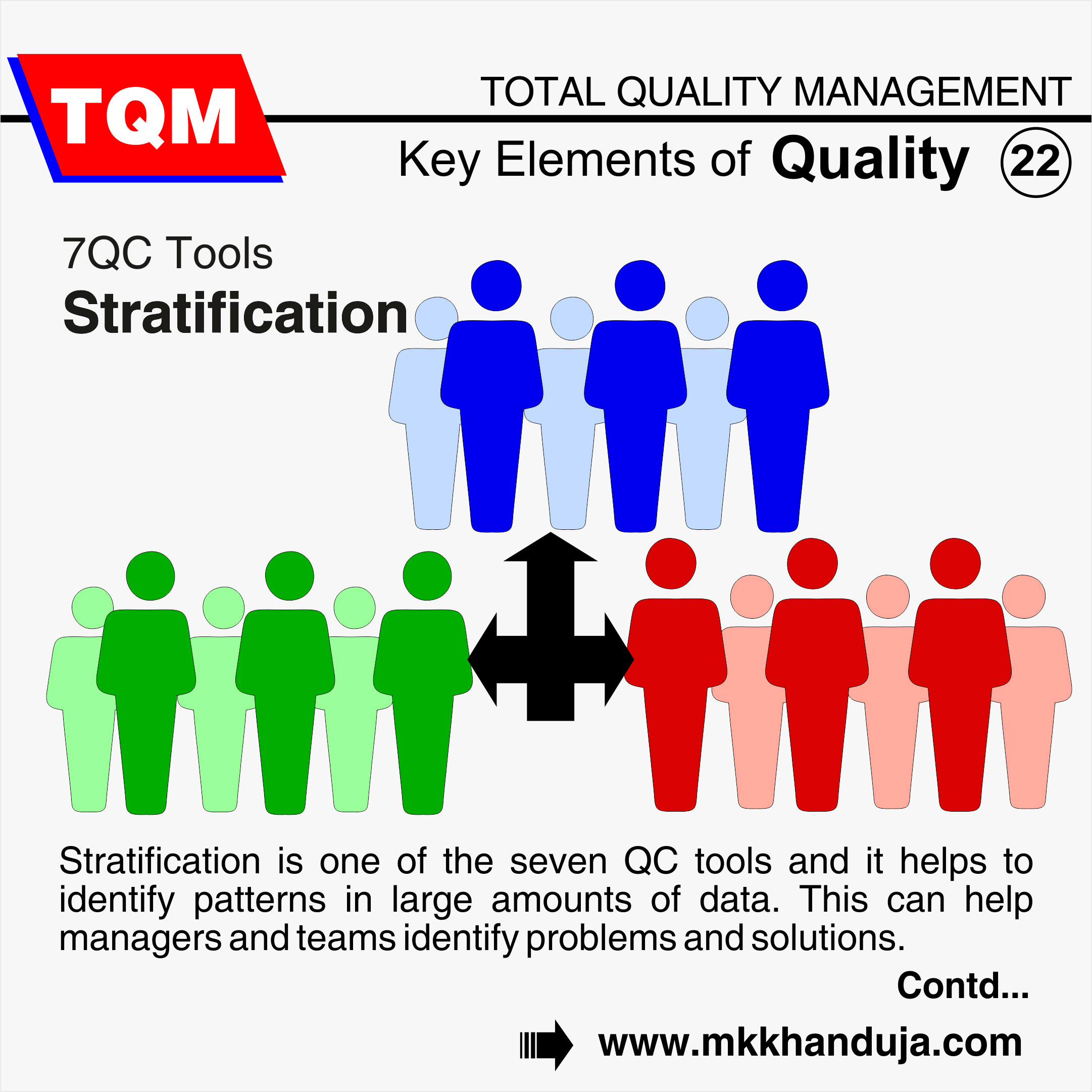
Stratification is one of the seven QC tools and it helps to identify patterns in large amounts of data. This can help managers and teams identify problems and solutions in the data that are not visible on the surface. Stratification involves dividing data into categories and then analyzing each category separately. This helps to identify problems that may be related to different variables such as product types, customer types, or geographical location.
What Is Stratification?
Stratification can be used to focus on specific areas of a product or process. For example, if a company is trying to reduce customer complaints, stratification can be used to identify customer types and locations that are most likely to experience a higher rate of complaints. It can also be used to identify product types or customer types that have higher rates of defect rates. Stratification can be used to identify trends in data that may not be obvious when looking at the data as a whole.
It is an important tool in quality management and assurance and it can help to identify problems and solutions in data that are not visible on the surface. By dividing data into various categories, trends and problems can be identified and solutions can be developed. Stratification can help companies improve their products and processes and reduce the number of customer complaints.
What Is Stratification?
Stratification can be used to focus on specific areas of a product or process. For example, if a company is trying to reduce customer complaints, stratification can be used to identify customer types and locations that are most likely to experience a higher rate of complaints. It can also be used to identify product types or customer types that have higher rates of defect rates. Stratification can be used to identify trends in data that may not be obvious when looking at the data as a whole.
It is an important tool in quality management and assurance and it can help to identify problems and solutions in data that are not visible on the surface. By dividing data into various categories, trends and problems can be identified and solutions can be developed. Stratification can help companies improve their products and processes and reduce the number of customer complaints.
What
Is Stratification Used For?
- Examining to determine whether there are any group differences
- Assessing if the issue under investigation is only relevant to a certain subset.
- Evaluating whether the issues are shared by various groups.
What
Are The Features Of Stratification?
- Allows you to see the difference between groups.
- Gives insight into why the problem persists.
- Determines whether a problem is confined to a particular subgroup
- Lets to compare subgroups.
- Stratification makes it easier to understand results.

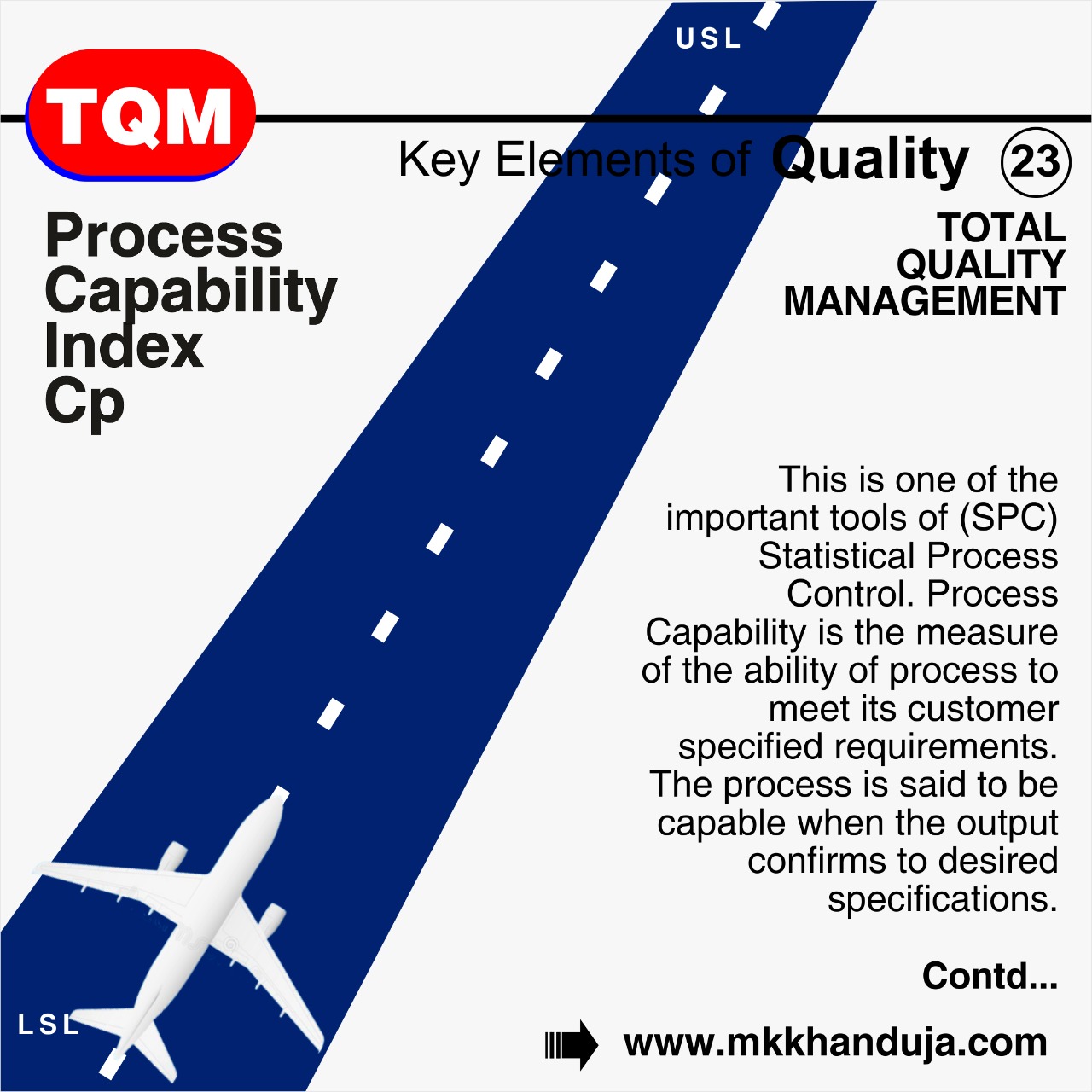
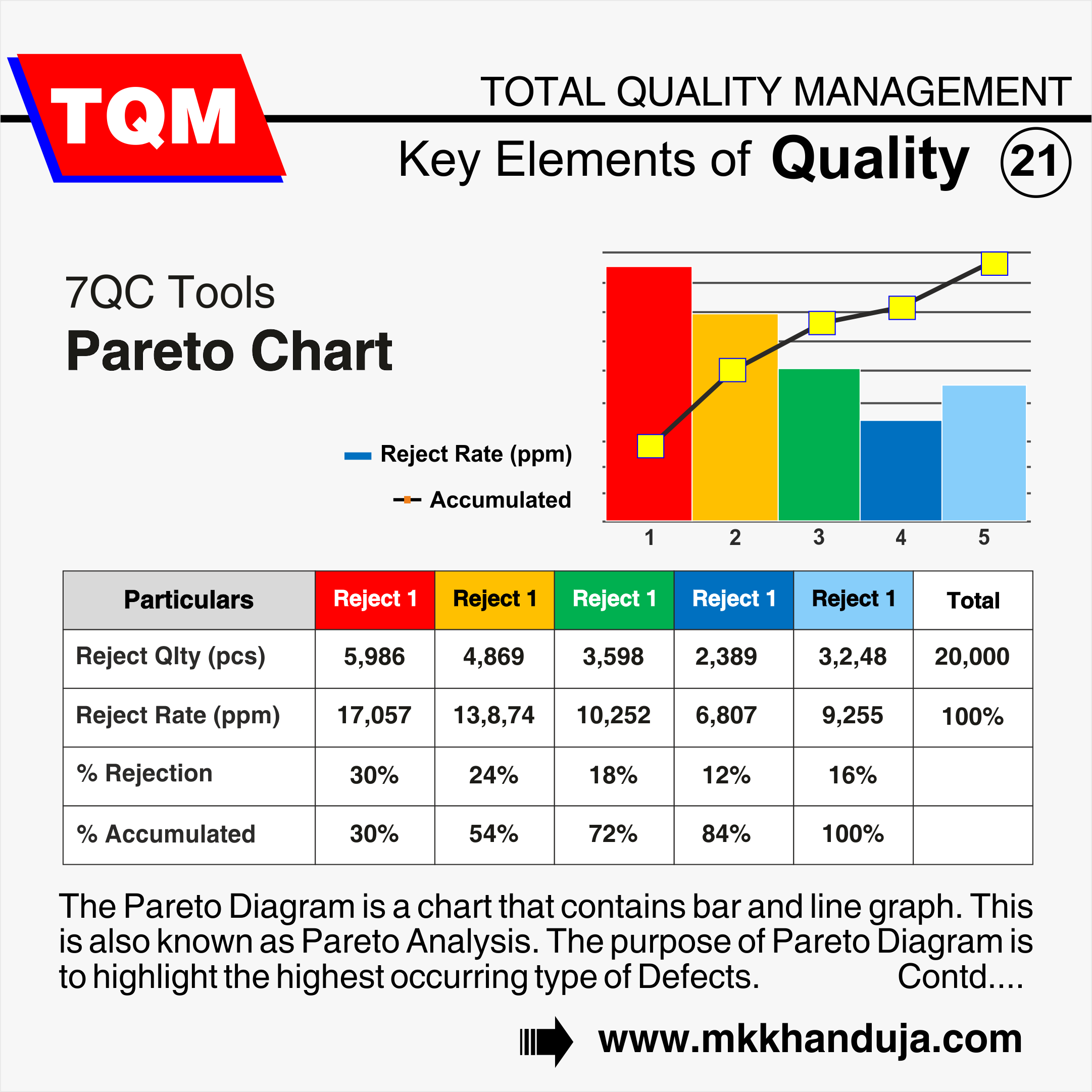
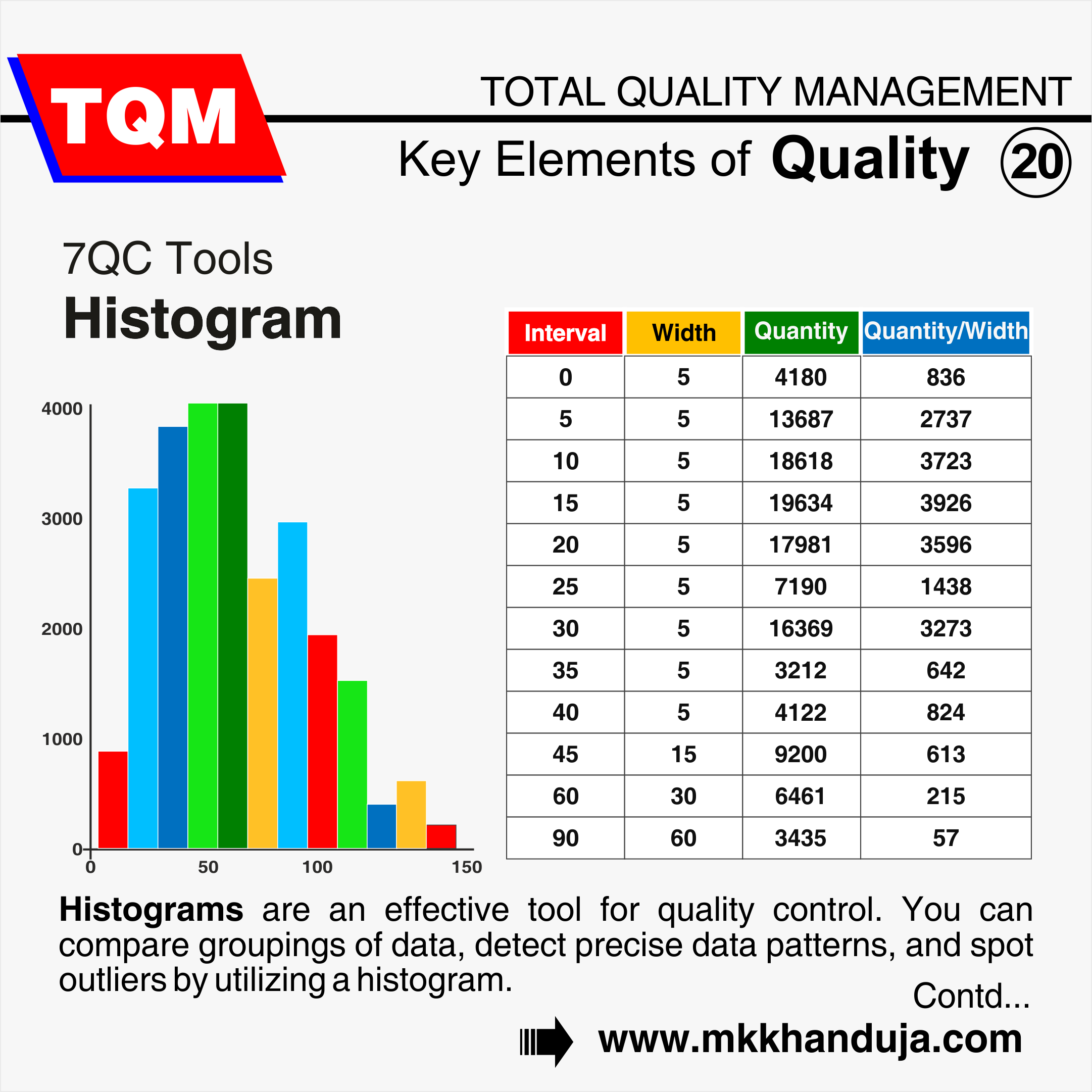
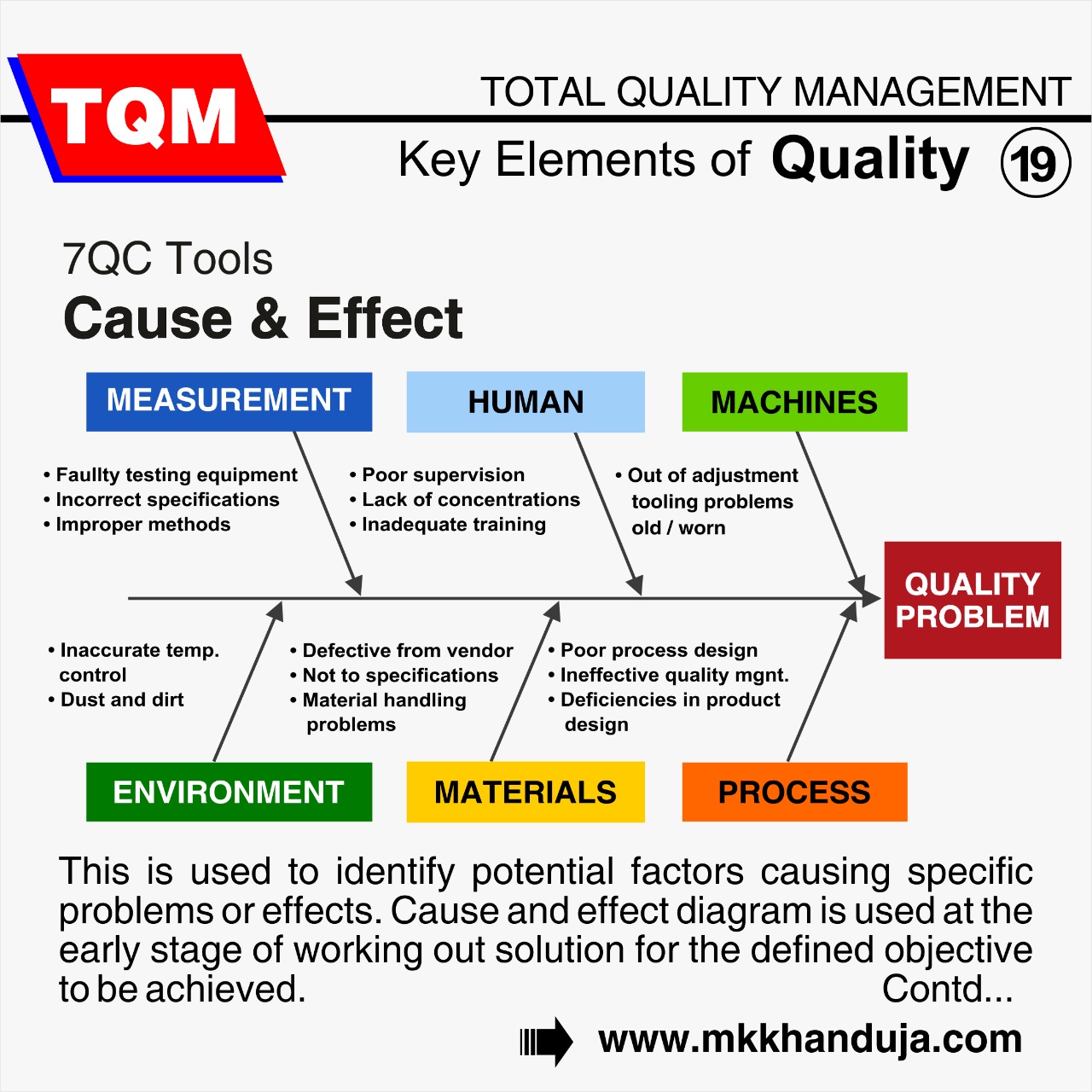
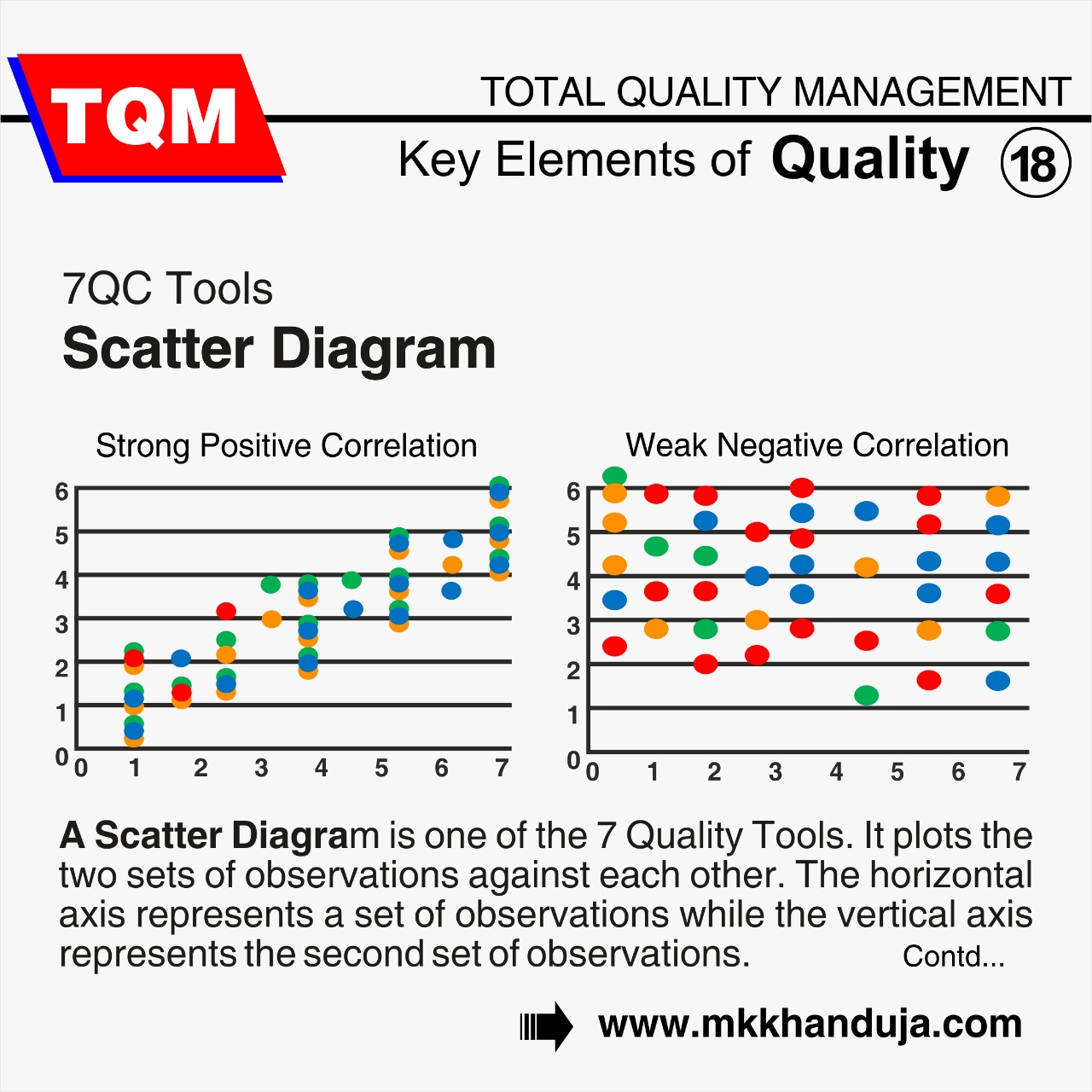
Comments